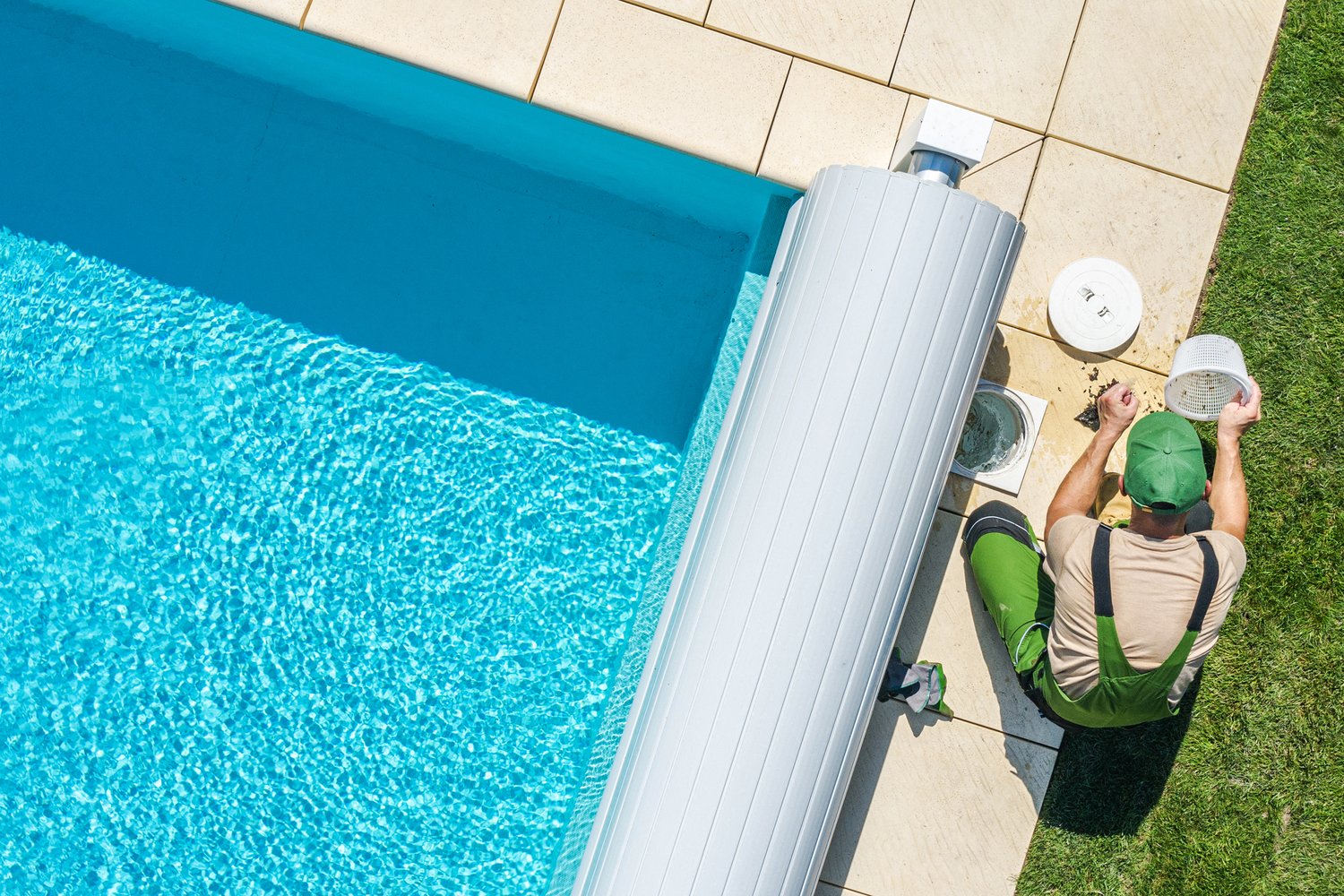Imagine enjoying your swimming pool regardless of weather conditions or seasons. Retractable pool enclosures offer homeowners the ultimate flexibility in pool usage, transforming outdoor pools into adaptable spaces that can be used throughout the year. These innovative structures provide protection from debris, insects, and inclement weather when closed, while offering an open-air swimming experience when retracted. In this article, we’ll explore the benefits of telescopic pool covers, how they enable year-round pool use, and why they’re becoming an increasingly popular option for homeowners seeking versatile swimming solutions.
Understanding Retractable Pool Enclosures
A retractable pool enclosure represents the perfect marriage between indoor and outdoor swimming pools. Unlike permanent structures, these telescopic systems can be opened partially or fully depending on weather conditions and personal preferences. Typically constructed with aluminum frames and polycarbonate or glass panels, these enclosures run on tracks that allow smooth operation when extending or retracting the structure. The flexible pool design means you’re never committed to either an indoor or outdoor pool—you can adapt your swimming environment based on your immediate needs, weather conditions, or even your mood.
Modern retractable pool enclosures come in various heights and configurations, from low-profile designs that barely clear the water surface to tall structures that create room-like spaces around your pool. The engineering behind these systems has advanced significantly, with many models now featuring motorized operation that can be controlled via smartphone apps or remote controls, making the transition from covered to open-air swimming effortless.
Benefits of Year-Round Pool Use
Perhaps the most compelling advantage of installing a telescopic pool cover is the extension of your swimming season into what would traditionally be off-months. In colder climates, a retractable enclosure can transform a three-month swimming season into year-round enjoyment. The enclosure traps heat and raises the ambient temperature around your pool, reducing heating costs while maintaining comfortable swimming conditions even when outside temperatures drop.
During warmer months, when traditional pool owners are fighting a constant battle against leaves, insects, and debris, those with retractable enclosures can simply close their systems when the pool isn’t in use. This significantly reduces cleaning and maintenance requirements while also minimizing chemical use, as enclosed pools experience less evaporation and contamination. Water conservation becomes another benefit, as covered pools lose substantially less water to evaporation—a particularly valuable feature in drought-prone regions.
Enhanced Safety and Protection
Safety considerations make retractable pool enclosures especially attractive for families with children or pets. When closed, these structures act as effective barriers that prevent unsupervised access to the pool. Many insurance companies recognize this safety benefit and offer reduced premiums for homes with enclosed pools. Additionally, the enclosure provides protection from harmful UV rays, allowing swimmers to enjoy the pool without excessive sun exposure risks.
Beyond personal safety, these enclosures protect your investment in the pool itself. By shielding the water and surrounding area from harsh weather conditions, retractable systems help prevent damage to pool surfaces, equipment, and landscaping. This protection extends the lifespan of your pool components and reduces long-term maintenance costs, as noted by pool industry experts at AskHomey, where homeowners can find qualified professionals for enclosure installation.
Design and Aesthetic Considerations
Today’s flexible pool design options mean retractable enclosures no longer represent a compromise in aesthetics. Contemporary systems feature sleek profiles, minimal framing, and crystal-clear panels that maintain views while providing protection. Homeowners can choose from various styles ranging from dome-shaped structures to angular, modern designs that complement existing architecture.
Color options for frames typically include neutral tones like white, silver, and bronze, though custom colors are available from many manufacturers. The transparency of the panels can also be customized, with options ranging from completely clear to tinted materials that offer privacy and additional UV protection. Some high-end systems even incorporate smart glass technology that can adjust its opacity based on sunlight intensity.
Investment and Return Considerations
While retractable pool enclosures represent a significant initial investment, their contribution to year-round pool use offers substantial long-term value. Homeowners typically recoup costs through extended usage, reduced maintenance expenses, and energy savings. A properly enclosed pool requires fewer chemicals, less frequent cleaning, and significantly reduced heating costs—especially in cooler climates where traditional pools might sit unused for much of the year.
The addition of a telescopic pool cover can also increase property value, particularly in regions where outdoor swimming is typically limited to brief seasonal windows. Potential homebuyers often view these enclosures as premium features that distinguish a property from others on the market. The versatility and practicality of an enclosed pool space that can be opened during perfect weather creates a compelling selling point.
Maintenance of Retractable Systems
Maintaining a retractable pool enclosure involves regular cleaning of tracks to ensure smooth operation, occasional lubrication of moving parts, and cleaning of the panels to maintain transparency. The materials used in quality enclosures are designed to withstand pool chemicals and weather exposure, making them relatively low-maintenance compared to other outdoor structures. Most manufacturers recommend a professional inspection every few years to ensure all components remain in optimal working condition.
For more tips and to connect with reliable home service professionals, follow AskHomey on Facebook and Instagram.



